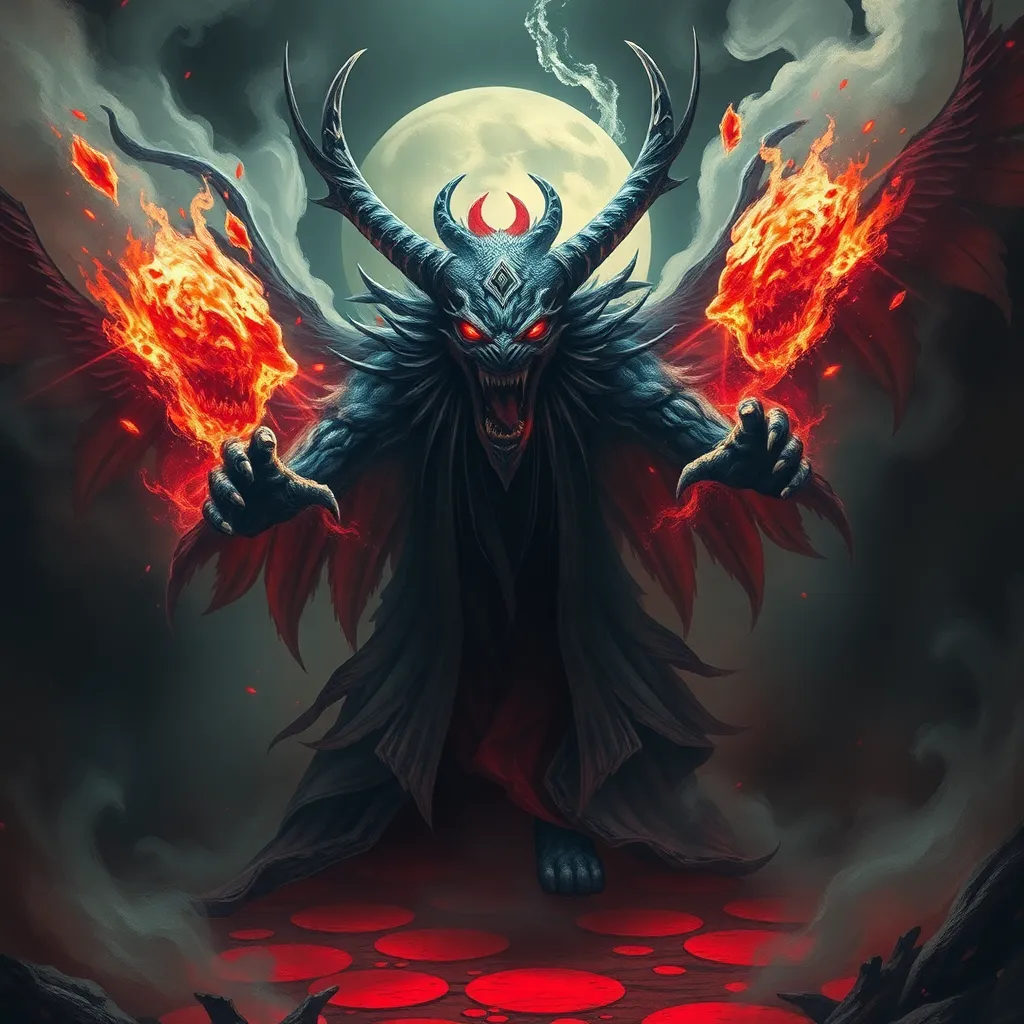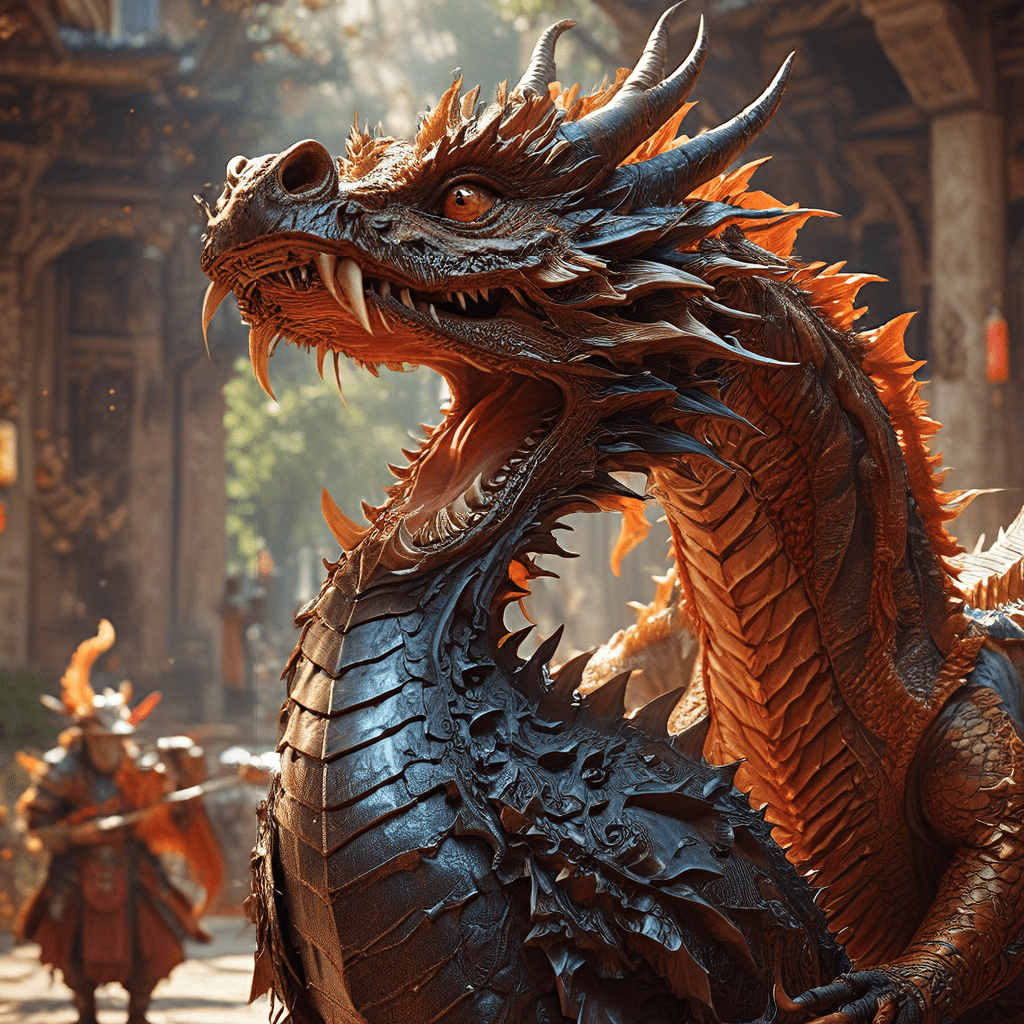From Mother Earth to Fearsome Deity: Exploring the Dual Nature of Coatlicue
I. Introduction
Coatlicue, one of the most intriguing deities in Aztec mythology, embodies the complex duality of life and death, creation and destruction. Known as the Earth Mother, she is a symbol of fertility and nurturing, yet she also represents the terrifying aspects of mortality and transformation. This article aims to delve into the significance of her dual nature, exploring her origins, worship, and the cultural interpretations that surround her.
II. Historical Context of Coatlicue
Coatlicue’s roots can be traced back to Mesoamerican culture, where she emerged as a significant figure in the Aztec pantheon. Her name translates to “Serpent Skirt,” a reference to her serpentine attributes and her connection to the earth.
Historically, Coatlicue was revered as a mother goddess, and her worship was integral to the agricultural practices of the Aztecs. Accounts from Spanish conquistadors and missionaries reveal the extent of her veneration and the rituals performed in her honor, showcasing her pivotal role in sustaining life.
III. Coatlicue as the Earth Mother
In her nurturing aspect, Coatlicue symbolizes fertility, growth, and the life-giving forces of nature. She is associated with:
- Fertility and childbirth
- Agriculture and the harvest
- The cyclical nature of life
Rituals dedicated to Coatlicue often involved offerings of maize, flowers, and other symbols of abundance. Ceremonies were conducted to ensure a bountiful harvest and to honor her role as the giver of life.
IV. The Fearsome Aspect of Coatlicue
While Coatlicue is celebrated as the Earth Mother, she also embodies a fearsome warrior goddess. Her depictions often include:
- A necklace made of human hearts and skulls
- Serpents entwined around her body
- Her fierce expression that conveys both power and wrath
This warrior aspect symbolizes death, transformation, and the cyclical nature of existence. Myths surrounding Coatlicue illustrate her fearsome nature, such as the story of her giving birth to the moon and the stars, which emphasizes her role in the cosmos and the fundamental changes that occur in life.
V. The Duality of Coatlicue’s Nature
The duality of Coatlicue’s nature reflects the interconnectedness of life and death in Aztec belief systems. In Mesoamerican culture, life and death are viewed as a continuum rather than opposing forces. This balance is crucial in understanding the significance of Coatlicue, as she embodies both nurturing and destruction.
Other deities in the Aztec pantheon also exhibit similar dualities, such as:
- Tezcatlipoca, who represents both night and day
- Quetzalcoatl, embodying the elements of creation and destruction
This cultural interpretation of duality allows for a holistic understanding of the universe, where both aspects are necessary for balance and harmony.
VI. Artistic Representations of Coatlicue
Coatlicue’s influence is evident in Aztec art, where her iconography is rich with symbolism. Artistic representations often showcase:
- Her serpent skirt, symbolizing her connection to the earth and fertility
- Her fierce demeanor, highlighting her warrior aspect
- Intricate carvings that reflect her dual nature
Notable sculptures, such as the famous Coatlicue statue found in Tenochtitlan, demonstrate the reverence and complexity attributed to her character. These artifacts continue to inspire modern interpretations in art and culture, bridging ancient beliefs with contemporary perspectives.
VII. Legacy and Influence of Coatlicue
Coatlicue’s legacy extends beyond the ancient Aztec civilization. Her story and characteristics resonate with contemporary indigenous cultures, who see her as a symbol of resilience and strength. In modern spirituality, her dual nature has inspired:
- Feminist movements that embrace the power of women as creators and destroyers
- Spiritual practices that honor the cycles of life and death
- Literature and popular culture, where her image is often reinterpreted
Coatlicue serves as a reminder of the importance of embracing both nurturing and fierce qualities, illustrating that strength can manifest in many forms.
VIII. Conclusion
In summary, Coatlicue holds a vital place in Aztec mythology, representing the dual nature of existence. Her significance as both a nurturing Earth Mother and a fearsome warrior goddess underscores the need to embrace the balance of life and death. As we reflect on her legacy, we are invited to explore further the rich tapestry of Mesoamerican deities and the lessons they offer for understanding our own lives.



